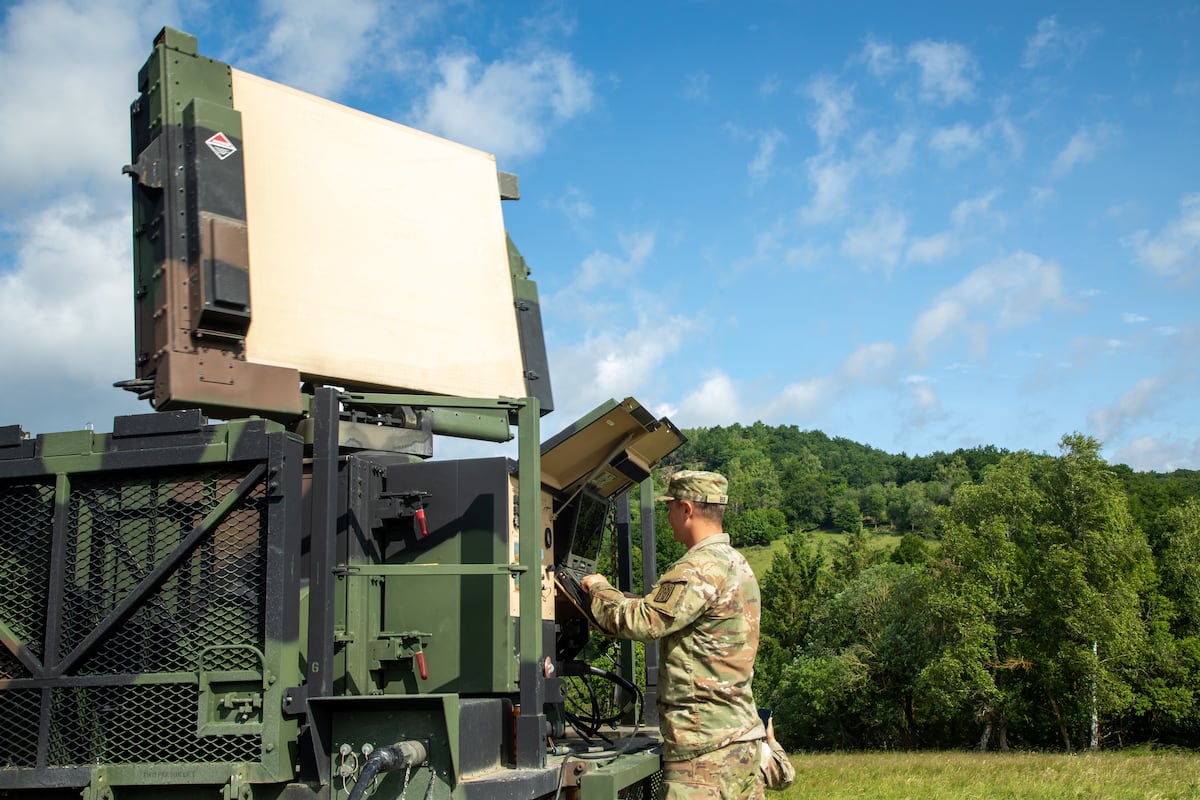Key Takeaways
- The Defense Innovation Unit has announced 10 finalists for its Low-Cost Sensing challenge aimed at affordable sensing technologies.
- Finalists will participate in a live demonstration later this year, with funding distributed based on performance.
- This challenge supports the Pentagon’s strategic priorities to enhance defense capabilities against adversarial drones.
Finalists for Innovative Sensing Technologies Announced
The Defense Innovation Unit (DIU) has revealed 10 finalists for its Low-Cost Sensing (LCS) challenge, which seeks to showcase affordable and distributed sensing technologies that can enhance current systems within the Department of Defense (DOD). The finalist companies will be part of a live demonstration during the Falcon Peak exercise organized by U.S. Northern Command later this year. Based on their performance, DIU will allocate funding from a designated “prize purse” and may also consider these firms for further contracts or transition opportunities.
According to a statement released by DIU on July 21, the selected technologies have the potential to provide substantial value compared to existing DOD systems. They offer significant cost savings, estimated at 50-80 percent in total ownership costs.
This LCS challenge is part of the second phase of the Pentagon’s Replicator initiative, announced in 2023. The first phase focused primarily on the deployment of small drones, while the second phase aims to effectively counter the threat posed by adversarial unmanned systems.
With the U.S. military and its allies facing increasing challenges from drone attacks—from incidents in the Red Sea to reports of drone swarms over domestic military bases—enhanced defense mechanisms are essential. The DIU is exploring both kinetic and non-kinetic solutions to tackle these emerging threats. In May, it called for proposals focused on low-collateral defeat capabilities, which aim to neutralize adversary drones while minimizing risk to civilians and surrounding areas.
DIU Director Doug Beck emphasized the importance of this initiative, stating that it aligns with the DOD’s strategic goals by engaging non-traditional defense companies to develop scalable and cost-effective solutions. These technologies are intended to enable U.S. forces to identify threats rapidly and accurately.
Collaborating with NORTHCOM and the U.S. Indo-Pacific Command, DIU is also partnering with the Navy, Army, and Marine Corps on the LCS effort. The finalist companies include BLUEiQ, CHAOS 1, Fortem Technologies, Guardian RF, Hidden Level, MatrixSpace, REVOBEAM, Squarehead Technology, Teledyne FLIR Defense, and Thalrix. Collectively, these firms present a range of technological capabilities, including radio frequency detection, active radar, and both optical and infrared camera systems.
In an earlier version of this story, there was an error regarding a solicitation released by DIU in May, which has since been corrected.
Courtney Albon, a reporter for C4ISRNET, has been covering the U.S. military since 2012, focusing on pressing issues within the Air Force and Space Force.
The content above is a summary. For more details, see the source article.















